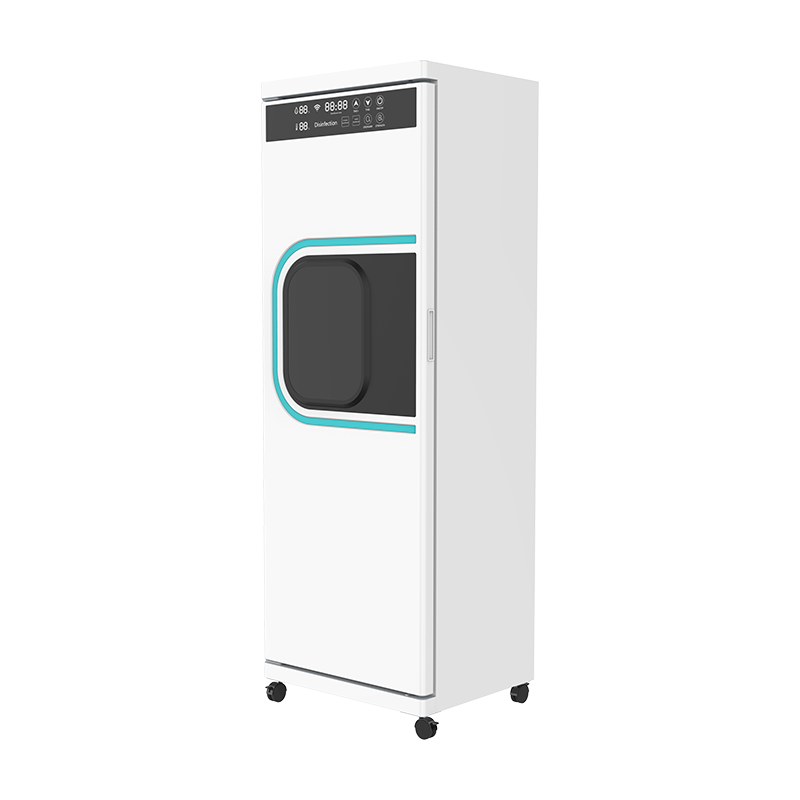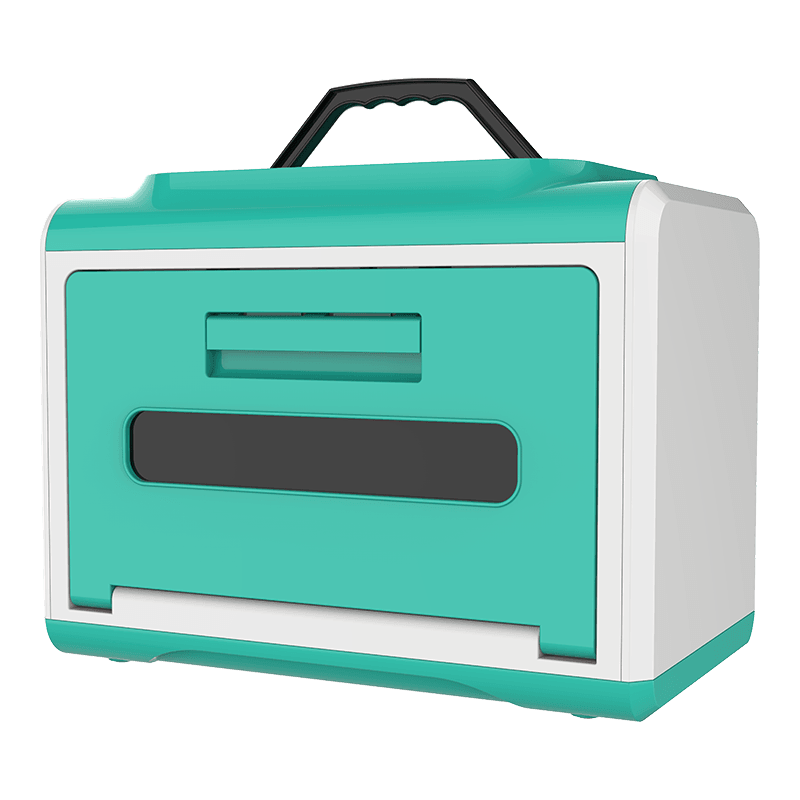An oxygen concentrator is a medical device that physically extracts oxygen from the air, purifies it, and then supplies it for human breathing. The core function of an oxygen concentrator is to provide supplemental oxygen to individuals whose blood oxygen levels are low due to illness, environmental factors, or health issues, helping to maintain normal bodily functions.
An oxygen concentrator utilizes molecular sieve technology to separate nitrogen from other gases in the air, retaining a high concentration of oxygen (typically over 90%). This oxygen is then delivered to the user via nasal cannula or mask. It is widely used for long-term oxygen therapy for patients with chronic obstructive pulmonary disease (COPD), emphysema, and heart failure. It is also used for conditions such as altitude sickness and postoperative recovery.
Compared to traditional oxygen cylinders, oxygen concentrators provide a continuous oxygen supply, requiring no frequent replacement. However, they require electrical power. During use, it is important to carefully adjust the oxygen concentration and flow rate, avoid contact of high-concentration oxygen with open flames, and maintain regular maintenance to ensure stable performance. Oxygen concentrators play an important role in homes, hospitals, and outdoor portable settings. However, their use should be based on a doctor's instructions to avoid the risks of improper oxygen inhalation.
Main Types
Home oxygen concentrators: Portable or desktop models with a lower flow rate (1-5 L/min), suitable for long-term home use.
Medical oxygen concentrators: Higher flow rates (up to 10 L/min) and more stable concentrations, used in hospitals or for critically ill patients.
Portable oxygen concentrators: Battery-powered, convenient for on-the-go use, but typically have a lower flow rate.
Core Functions
Oxygen concentration adjustment: Medical-grade oxygen must maintain a concentration of ≥90%.
Flow adjustment: Adjust according to patient needs (e.g., 1-5 L/min).
Humidification function: To prevent dry oxygen from irritating the respiratory tract, humidification bottles are required for use.
Target Groups
Chronic respiratory diseases (e.g., COPD, pulmonary fibrosis).
Cardiovascular and cerebrovascular diseases (e.g., heart failure, pulmonary hypertension).
Postoperative recovery or hypoxemia.
Altitude sickness or increased oxygen requirements.

 EN
EN
 English
English 中文简体
中文简体
.png)









